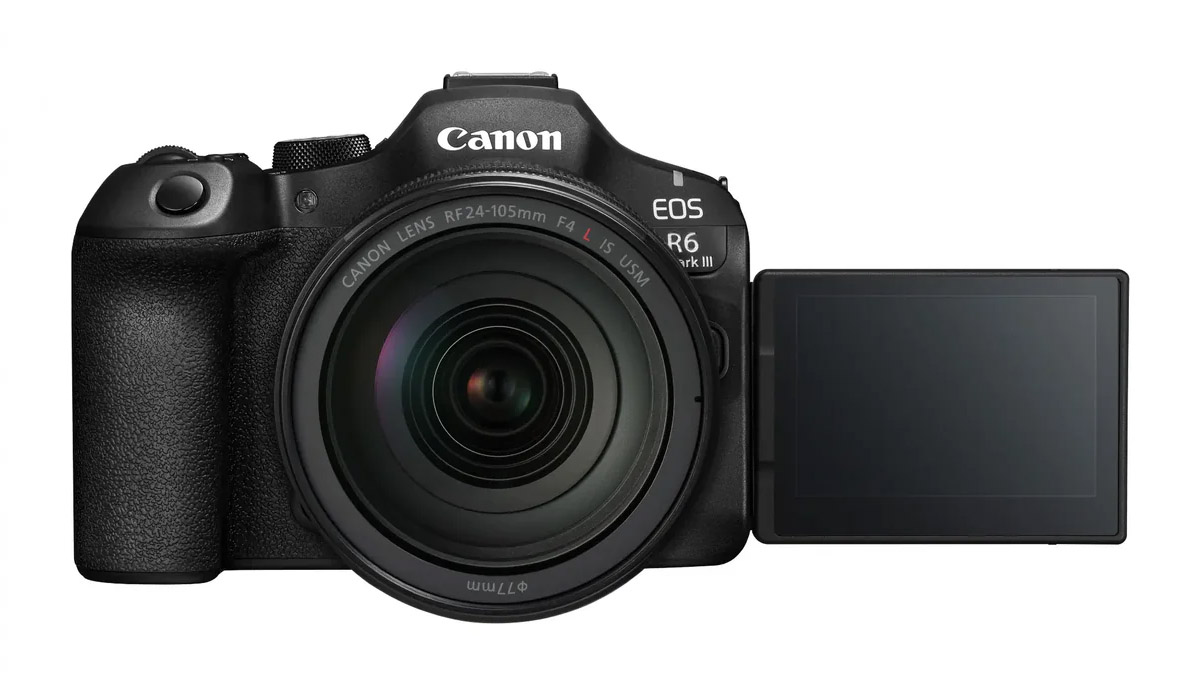Follow these 6 easy steps for better bird photography
Love photographing our feathered friends? No matter what brand you use, here are some generic but successful tips for improving your images
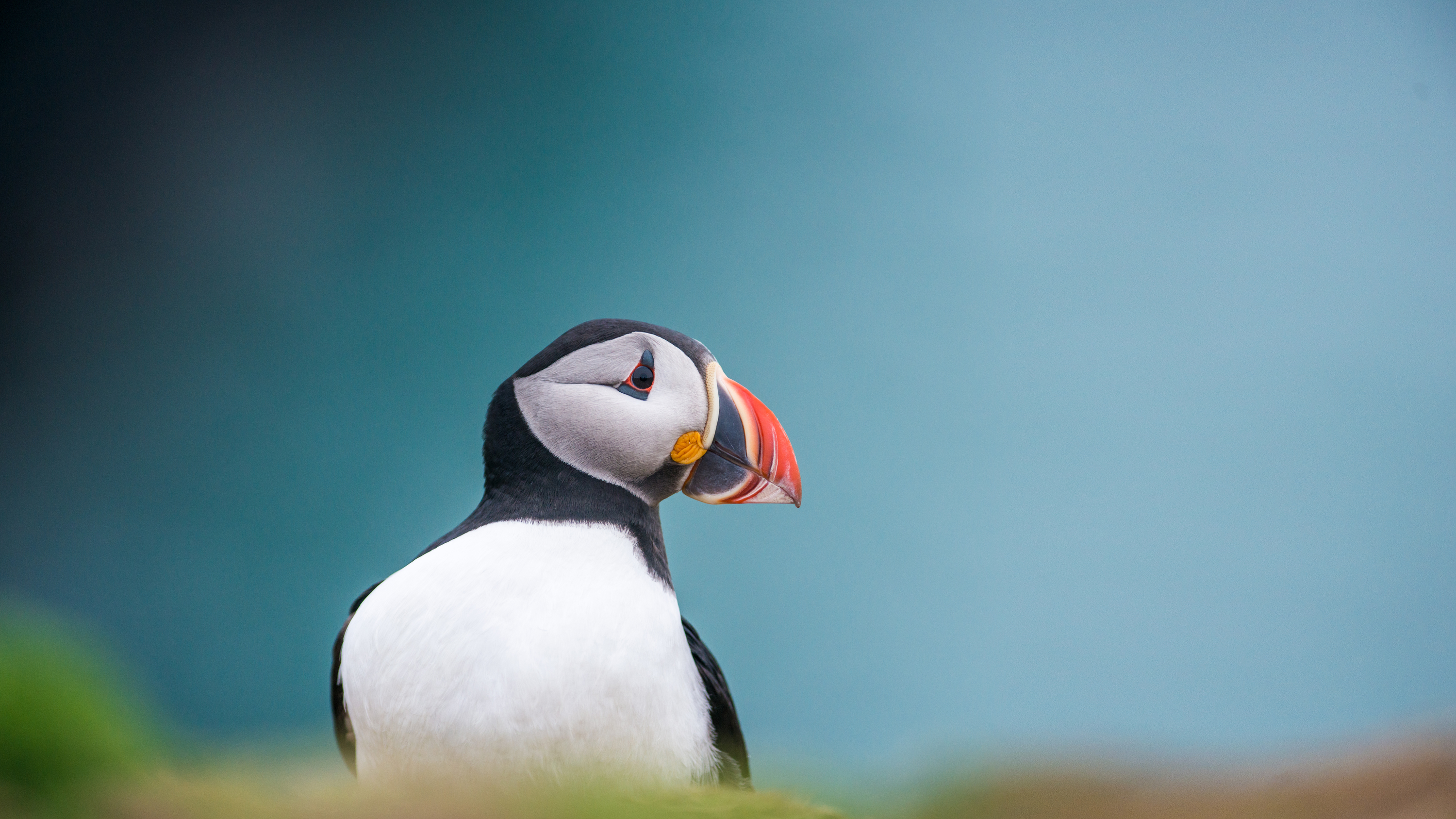
Birds are a majestic and wondrous group of species, capable of inciting awe and emotion wherever they fly. They can be notoriously tricky to capture on camera, though, because of their high speed and their small size. Many birds also have seasonal migratory patterns, so you’ll need to know your stuff if you want a chance of sighting them.
That being said, there’s birding potential to be found wherever you live. Your own garden or local park is a likely haven for bird life, providing a variety of feathered subjects to hone your skills on.
Here, we'll share some general tips for capturing birds big and small (in a range of habitats), while hopefully inspiring you to get out in the field yourself.
As bird photography is a genre that requires specialist kit, make sure you also check out the best lenses for bird photography and wildlife and the best professional cameras.
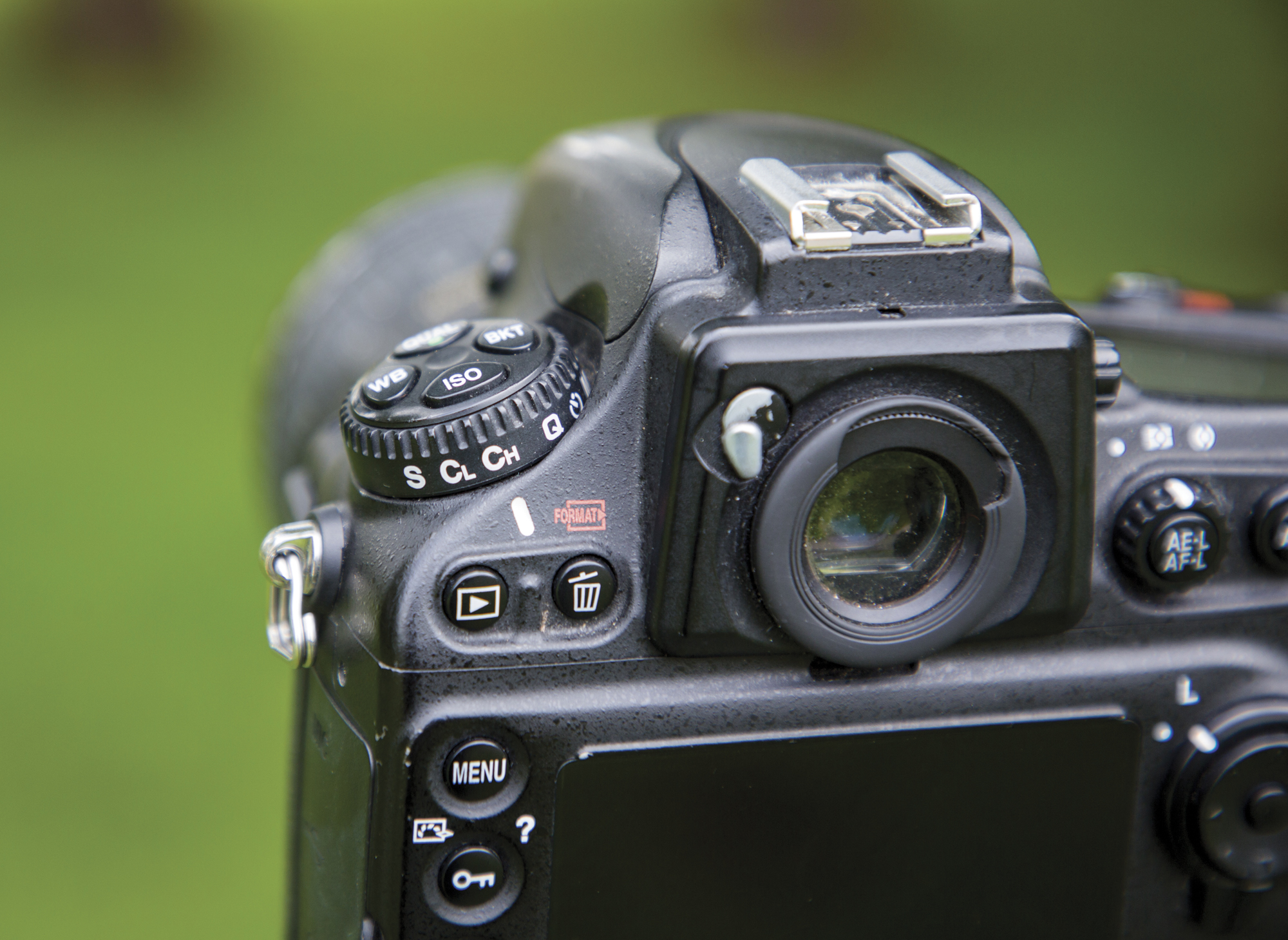
1. Continuous shooting
When you use a high-speed drive rate, it improves your chances of getting the perfect shot of a speedy bird. The camera will keep firing while the shutter button is held, giving you several frames to choose from. Read more: what are burst modes?
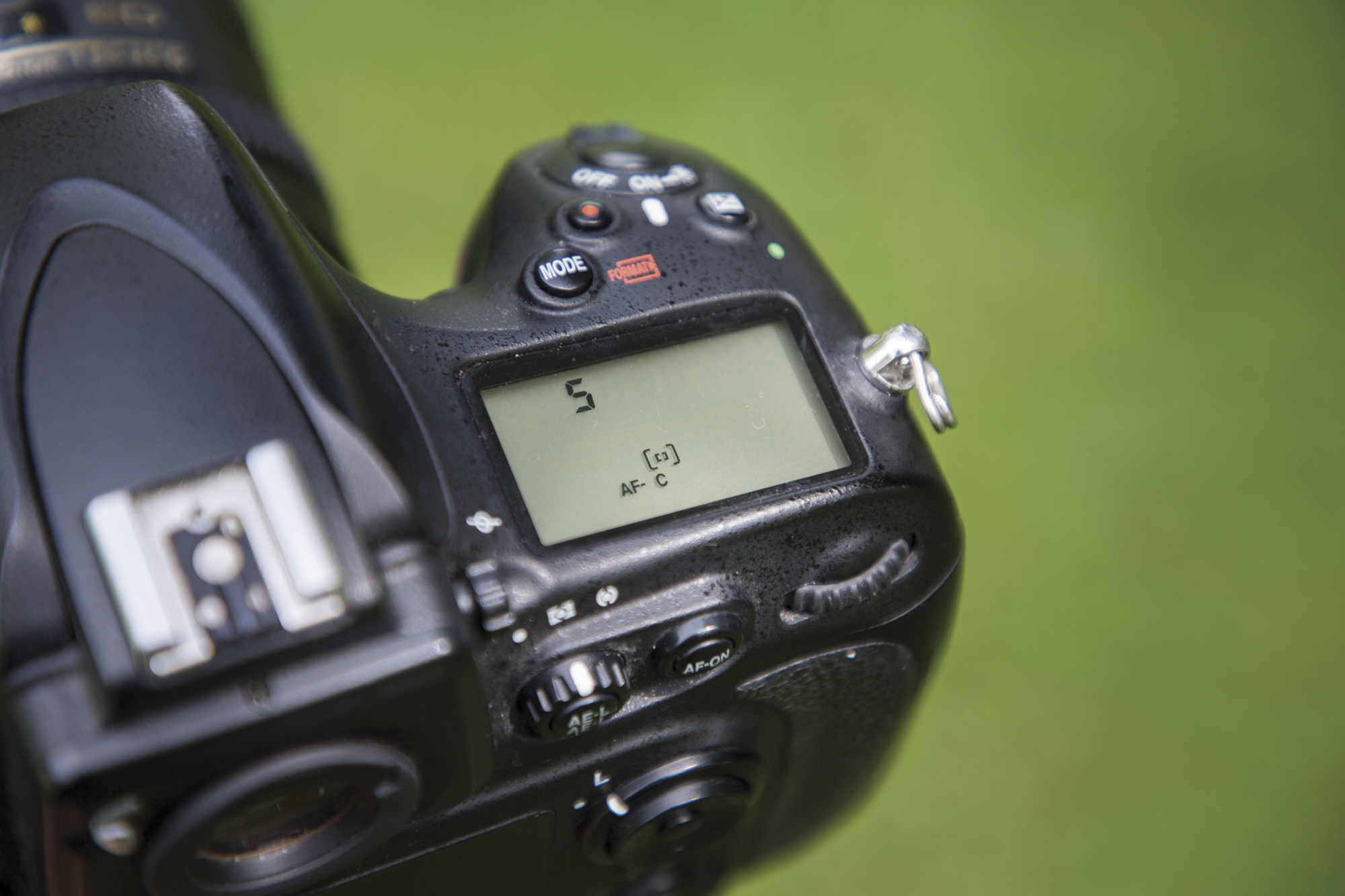
2. Continuous focus
AI Servo, or continuous focus on some models, suits most bird photography. With this setting, the camera continues to focus on your subject as you move. It holds focus as long as the focus button is pressed. Read more: what is autofocus?
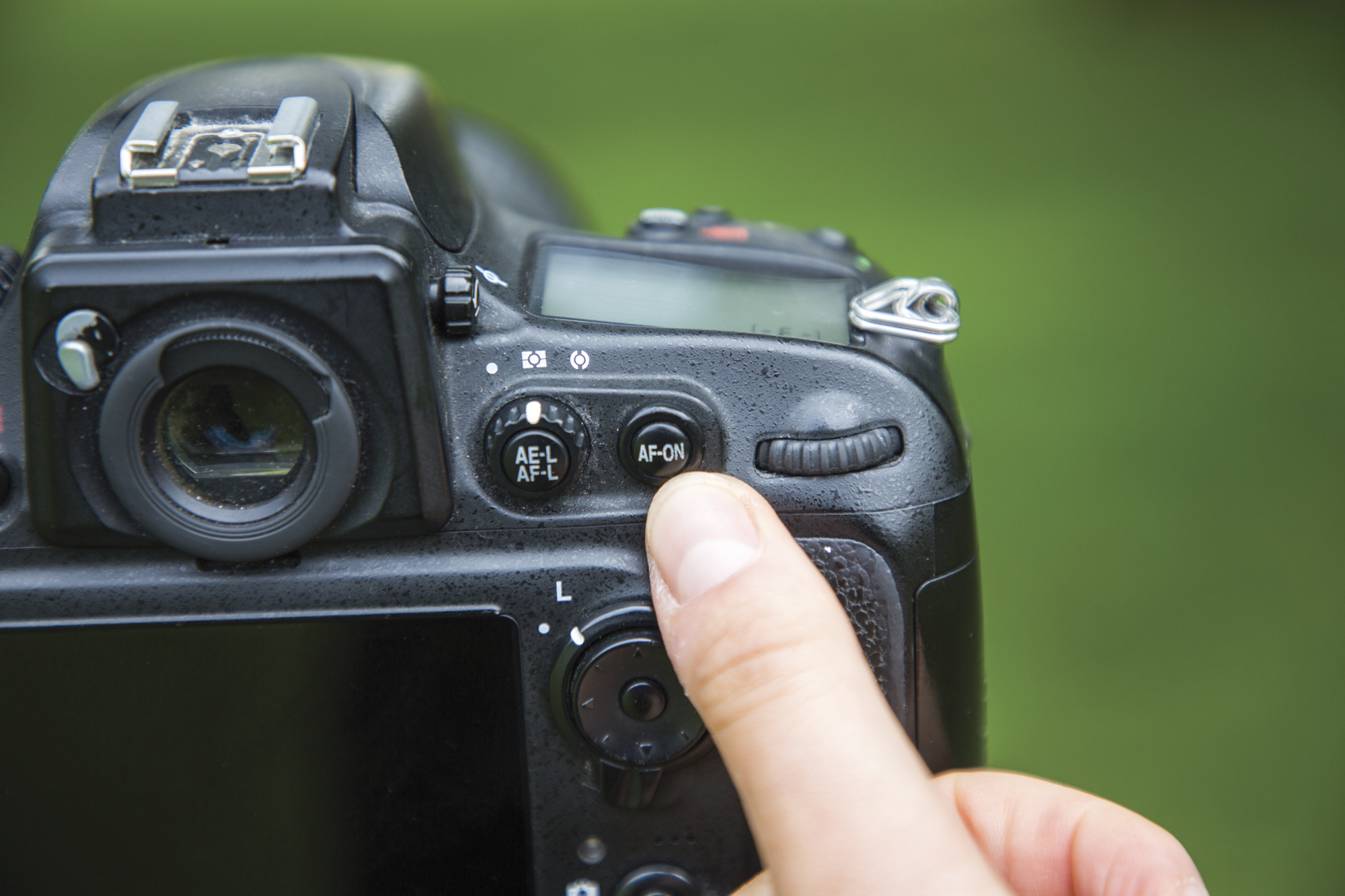
3. Back-button focus
On Canon and Nikon DSLRs, you can set your camera to focus by using a button on the back of the camera. Focus is controlled with your thumb, and the shutter button is then used purely for taking the picture.
The best camera deals, reviews, product advice, and unmissable photography news, direct to your inbox!
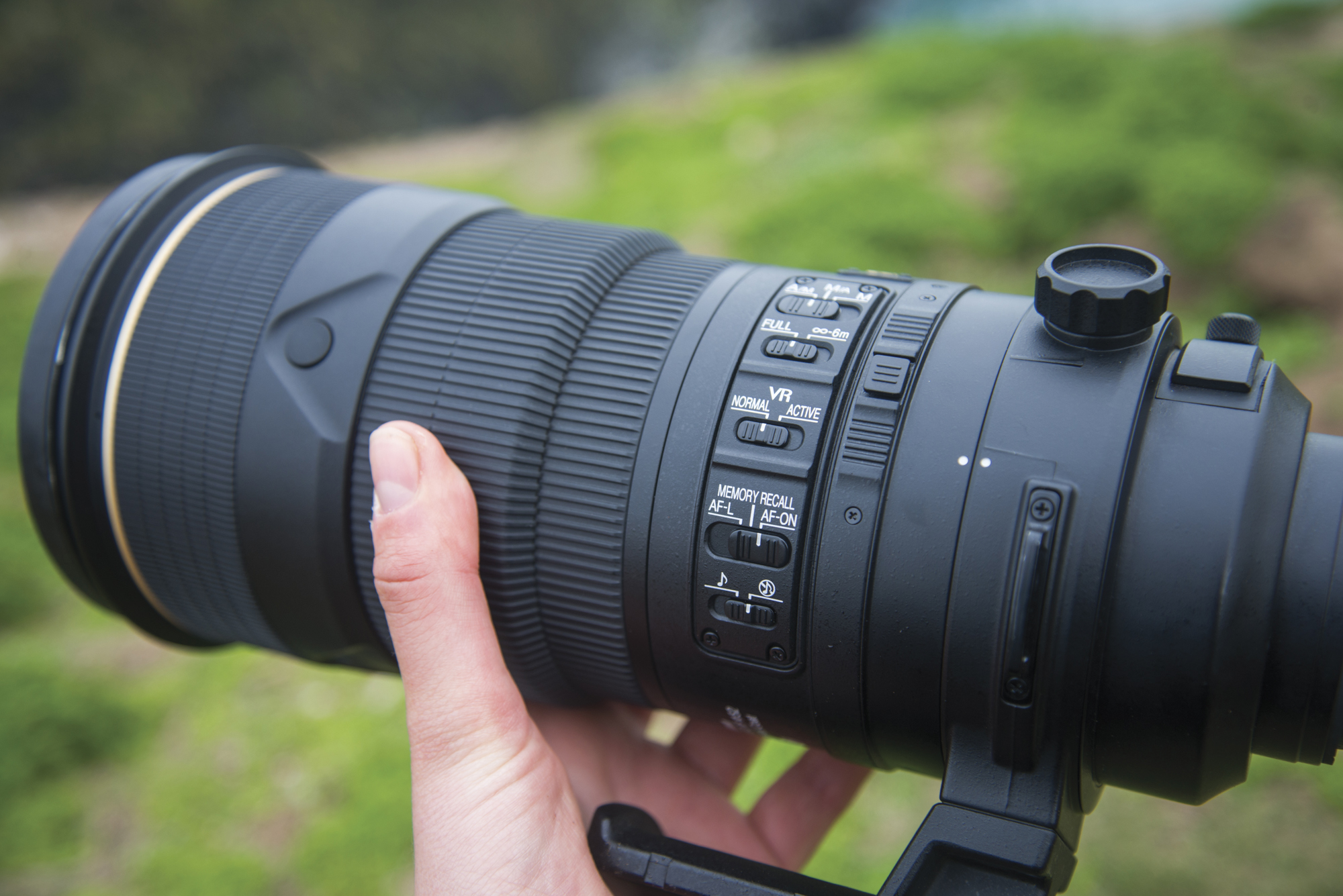
4. Set up your lens
Advanced telephoto lenses have two or three image stabilization modes to choose from, including for panning. Set the right option for the picture you’re taking, and turn the lens to quiet. Read more: what is lens stabilization?
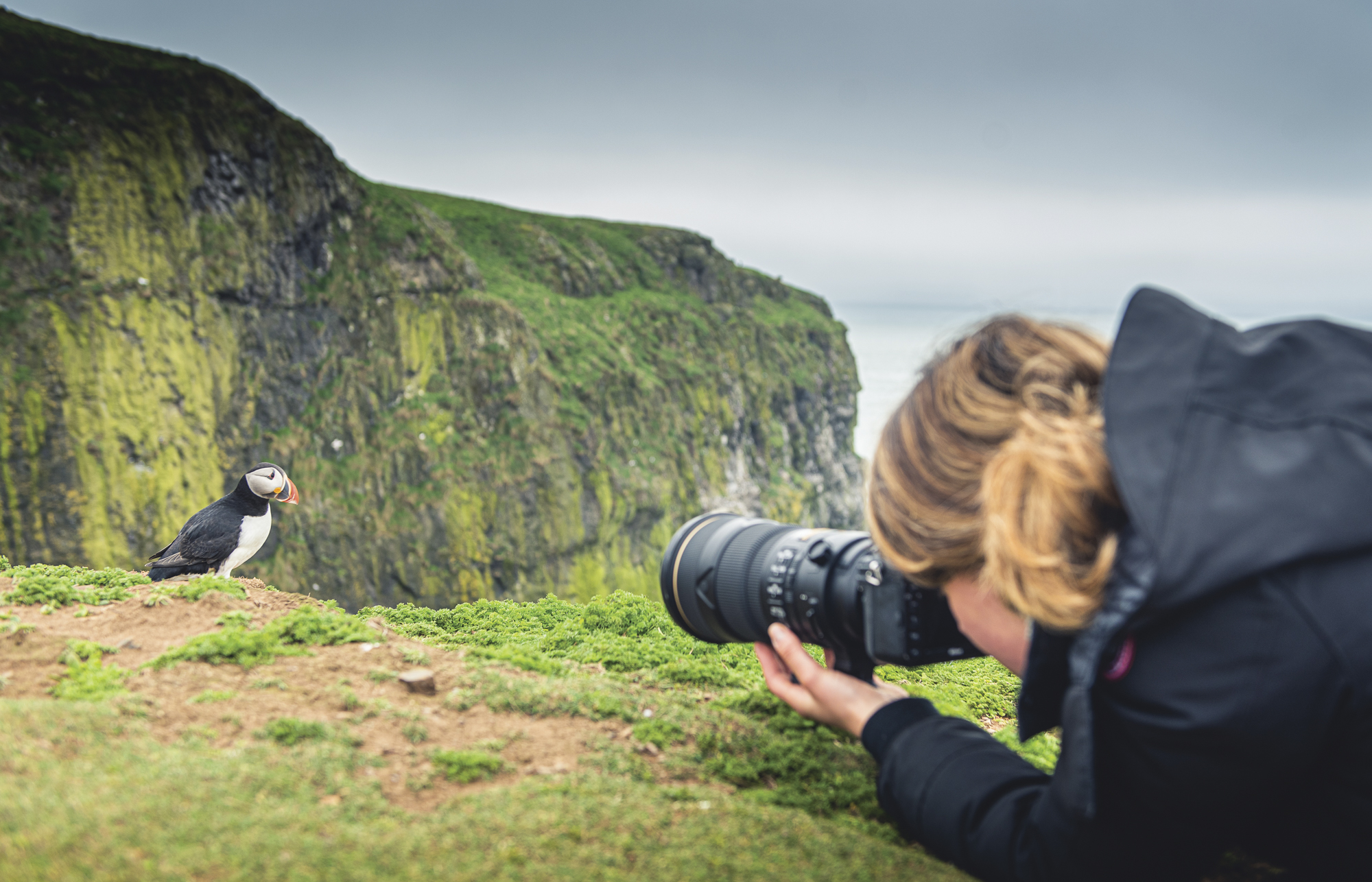
5. Use a focus limiter
Some of the best telephoto lenses have a focus limiter switch, designed to lock off the closest part of the range and prevent ‘hunting’ while focusing on distant birds. Limit the focus range if your subject is close.
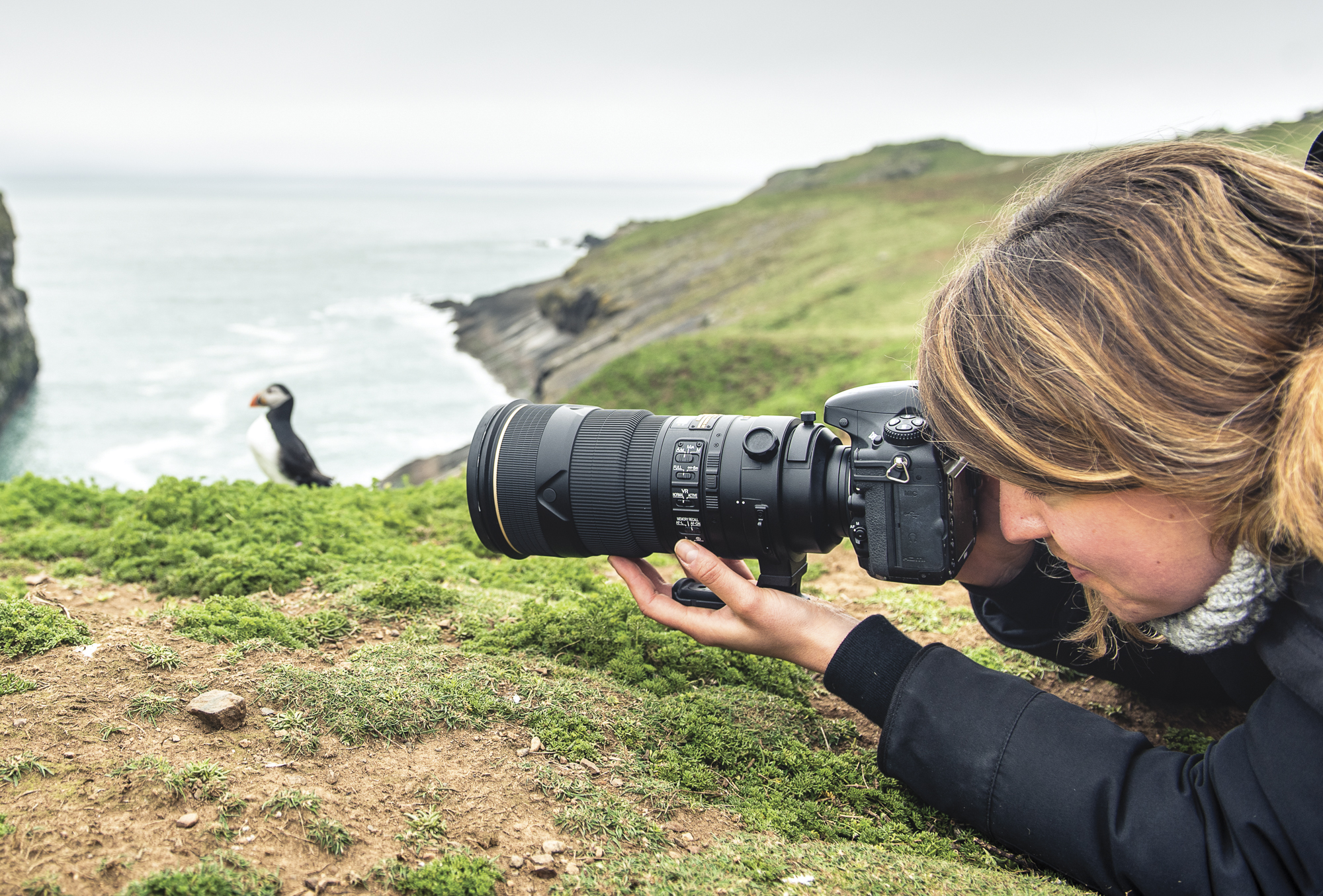
6. Go wide and low
Approach bird profiles as you would any typical wildlife portrait. Focus on the eyes, get down low and shoot with the lens wide open, so that the background and habitat around them slip into a beautiful bokeh blur.
Read more
Best trail cameras
Best portable hides and camouflage gear
Full frame vs cropped sensor for bird photography – which is better?
Best teleconverters
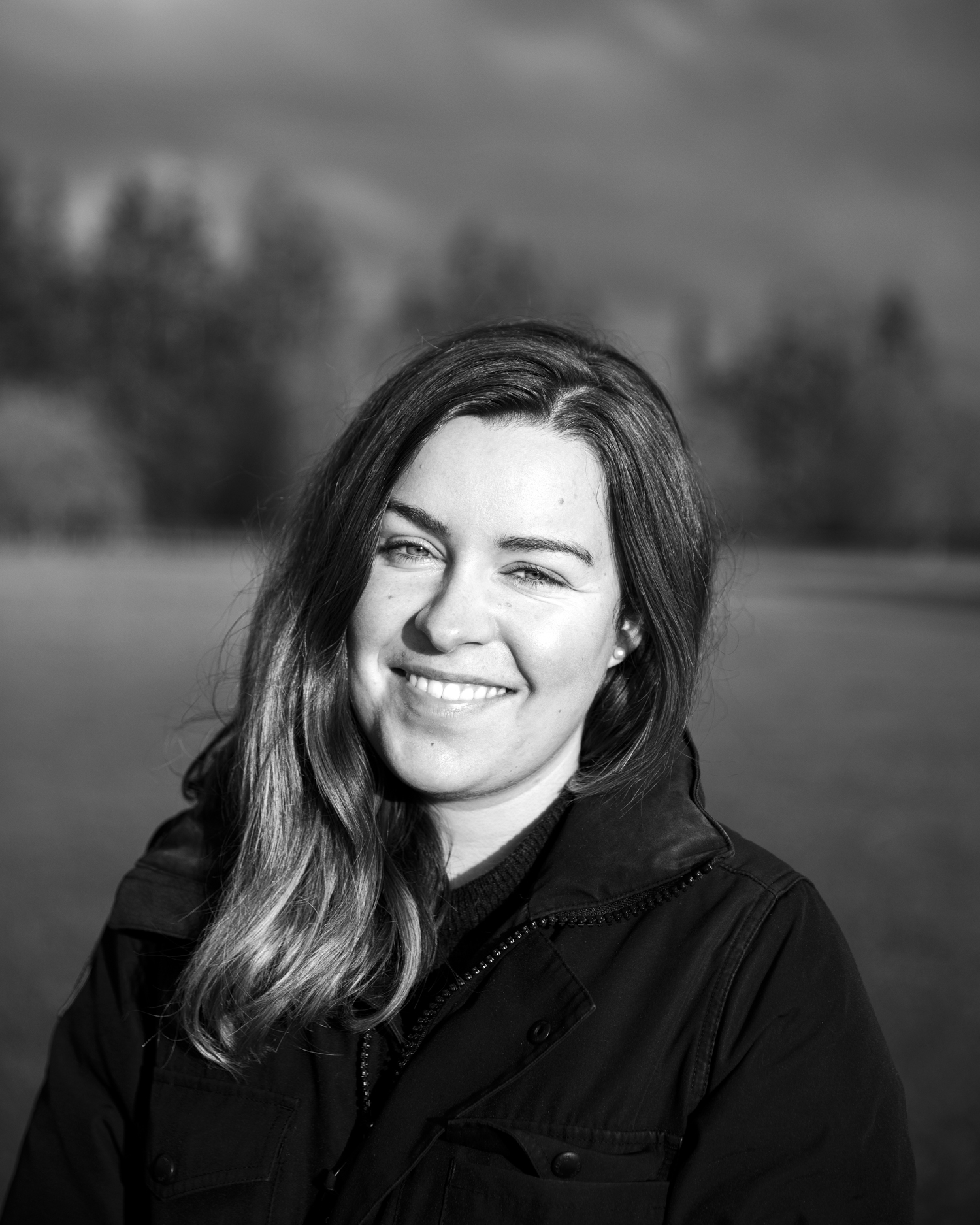
Lauren is a writer, reviewer, and photographer with ten years of experience in the camera industry. She's the former Managing Editor of Digital Camera World, and previously served as Editor of Digital Photographer magazine, Technique editor for PhotoPlus: The Canon Magazine, and Deputy Editor of our sister publication, Digital Camera Magazine. An experienced journalist and freelance photographer, Lauren also has bylines at Tech Radar, Space.com, Canon Europe, PCGamesN, T3, Stuff, and British Airways' in-flight magazine. When she's not testing gear for DCW, she's probably in the kitchen testing yet another new curry recipe or walking in the Cotswolds with her Flat-coated Retriever.
